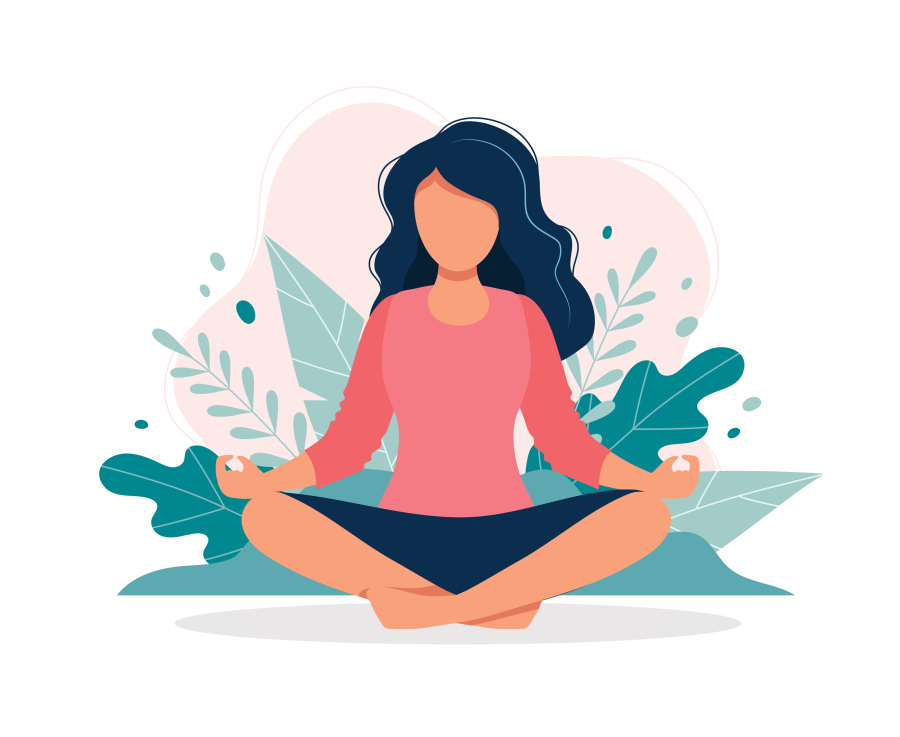For so many of us, the hardest thing to do is nothing.
Don’t let that scare you off from trying meditation, which only seems like nothing. Meditators may look like they’re lazily letting it all go, but what they’re really doing is actively putting it all together.
Science is still catching up with all the remarkably healthy and stress-busting benefits that accrue when you sit still, breathe deeply and focus on the present moment, according to Dana Dharmakaya Colgan of Oregon Health & Science University.
“This attention and concentration-focused work seems pretty simple, but when you look at what’s happening in the brain, it’s really quite complex,” she said. “Brain imaging has demonstrated (post-meditation) changes in brain volume, brain activity and connectivity between brain regions.”
Colgan is the veteran of about 6,000 hours of personal meditation time, she said. A burned-out teacher who turned to meditation for relief and inner peace, she wound up so profoundly changed and improved by her new practice that she eventually made it her life’s work as a clinical psychologist and researcher probing the mysteries of the mind-body connection.




